Planting Prickly Pear Cactus: How To Grow A Prickly Pear
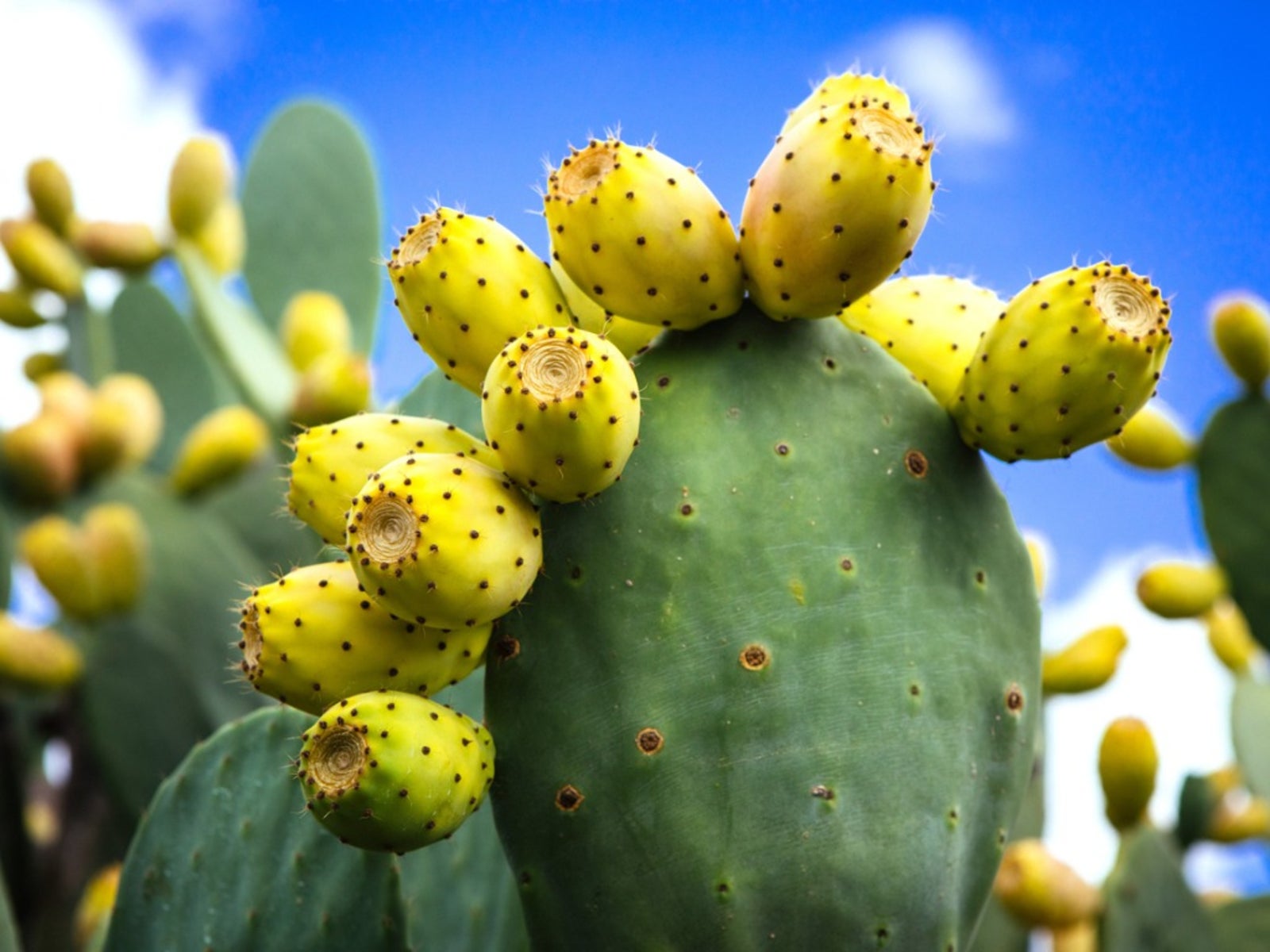

Drought tolerant plants are important parts of the home landscape. Prickly pear plant is an excellent arid garden specimen that is appropriate for USDA plant hardiness zones 9 to 11. Growing prickly pear in colder climates can be done in containers where they are moved indoors when cold temperatures threaten. The question, “How to grow prickly pear?” is best answered with a little background on the plant.
Prickly Pear Plant Characteristics
Prickly pears are vigorously growing cactus with detachable spines which means they may not be suitable for every garden. The plants are perfect for the hot as a griddle areas of your garden. The plant is comprised of wide, flat, thick pads that are covered in spines and segmented stems. There are 181 species of prickly pear plant that range from low growing plants just over a foot (31 cm.) high to 18 foot (5.5 m.) high giants.
Types of Prickly Pear
The wide range of cactus available for the home garden provide a plant for every warm season situation. The diminutive beavertail prickly pear (Opuntia basilaris) has bluish gray pads that are slightly triangular in shape and carried on a 20 inch (51 cm.) tall frame that can spread 20 to 30 inches (51-76 cm.) wide. The Indian fig prickly pear (Opuntia ficus-indica) is a monster of a cactus that grows in a treelike habit. It bears an edible fruit and large orange or yellow flowers. The types of prickly pear have numerous descriptive names, among them bunny ears (Opuntia microdasys) and cow's tongue (Opuntia engelmannii).
Planting Prickly Pear
The first thing to remember when planting prickly pear is to wear thick gloves and full length sleeves. It will be helpful to have a second pair of hands to keep the cactus stable when lowering it into the hole. Plant the prickly pear at the same level it was growing in the nursery pot. Some exterior support may be necessary for larger specimens while it establishes. Planting prickly pear cactus requires careful handling to avoid damaging the plant and you.
How to Grow a Prickly Pear
Prickly pears are easy to grow. They need well-drained soil and can survive on rainwater after established. During rooting, the plant should be irrigated every two or three weeks. When you choose a cactus, consider the size it will eventually become and plant it away from pathways and areas where people will brush against it. Growing prickly pear successfully relies on a warm, dry climate. You can easily grow your own prickly pear. Propagation from pads is quick and quite simple. The pads are actually specialized flattened stems. Six month old pads are removed from the plant and set out in a dry area to form a callus on the cut end for several weeks. A half and half mix of soil and sand is good for planting prickly pear pads. The pad will form roots in a few months. During this time, it needs support and should not be watered. The pad can be watered after it will stand on its own.
Gardening tips, videos, info and more delivered right to your inbox!
Sign up for the Gardening Know How newsletter today and receive a free copy of our e-book "How to Grow Delicious Tomatoes".

Bonnie Grant is a professional landscaper with a Certification in Urban Gardening. She has been gardening and writing for 15 years. A former professional chef, she has a passion for edible landscaping.
-
 Try The Trend – Turn Any Bed Into A Keyhole Garden With This Clever In-Ground Composter
Try The Trend – Turn Any Bed Into A Keyhole Garden With This Clever In-Ground ComposterKeyhole gardening is an efficient and sustainable practice that saves space. Get started on this DIY project quickly and easily with an in-ground composter.
By Bonnie L. Grant
-
 4 Superfast Composting Methods: Turn Waste Into Garden Gold In 30 Days Or Less
4 Superfast Composting Methods: Turn Waste Into Garden Gold In 30 Days Or LessTry the fastest composting methods to turbocharge your pile and transform kitchen scraps and garden waste into finished compost in just a few weeks.
By Mary Ellen Ellis
-
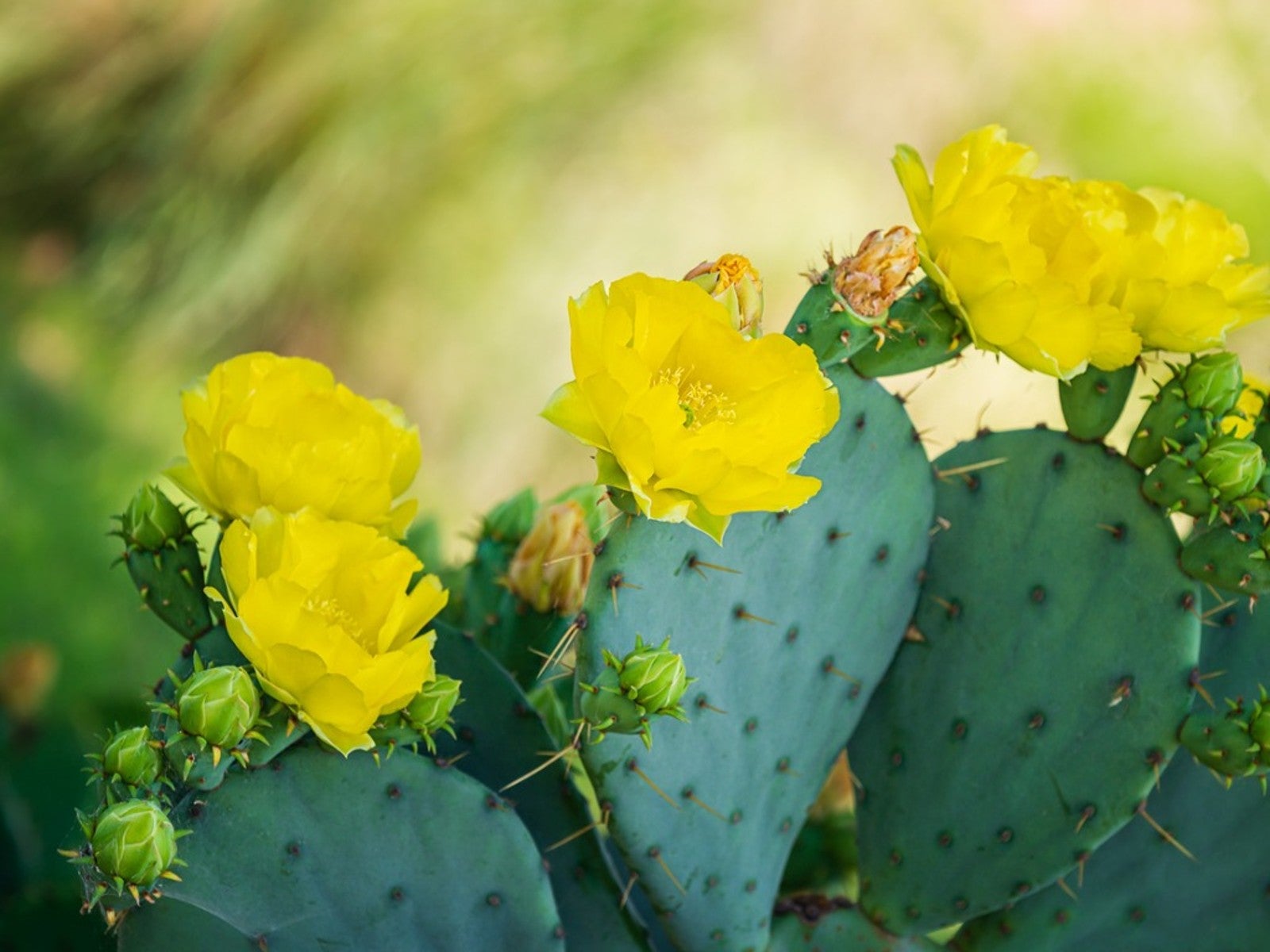 Growing Cold Hardy Eastern Prickly Pear Cactus
Growing Cold Hardy Eastern Prickly Pear CactusFor info on growing cold hardy eastern prickly pear cactus, look no further, just click here!
By Becca Badgett
-
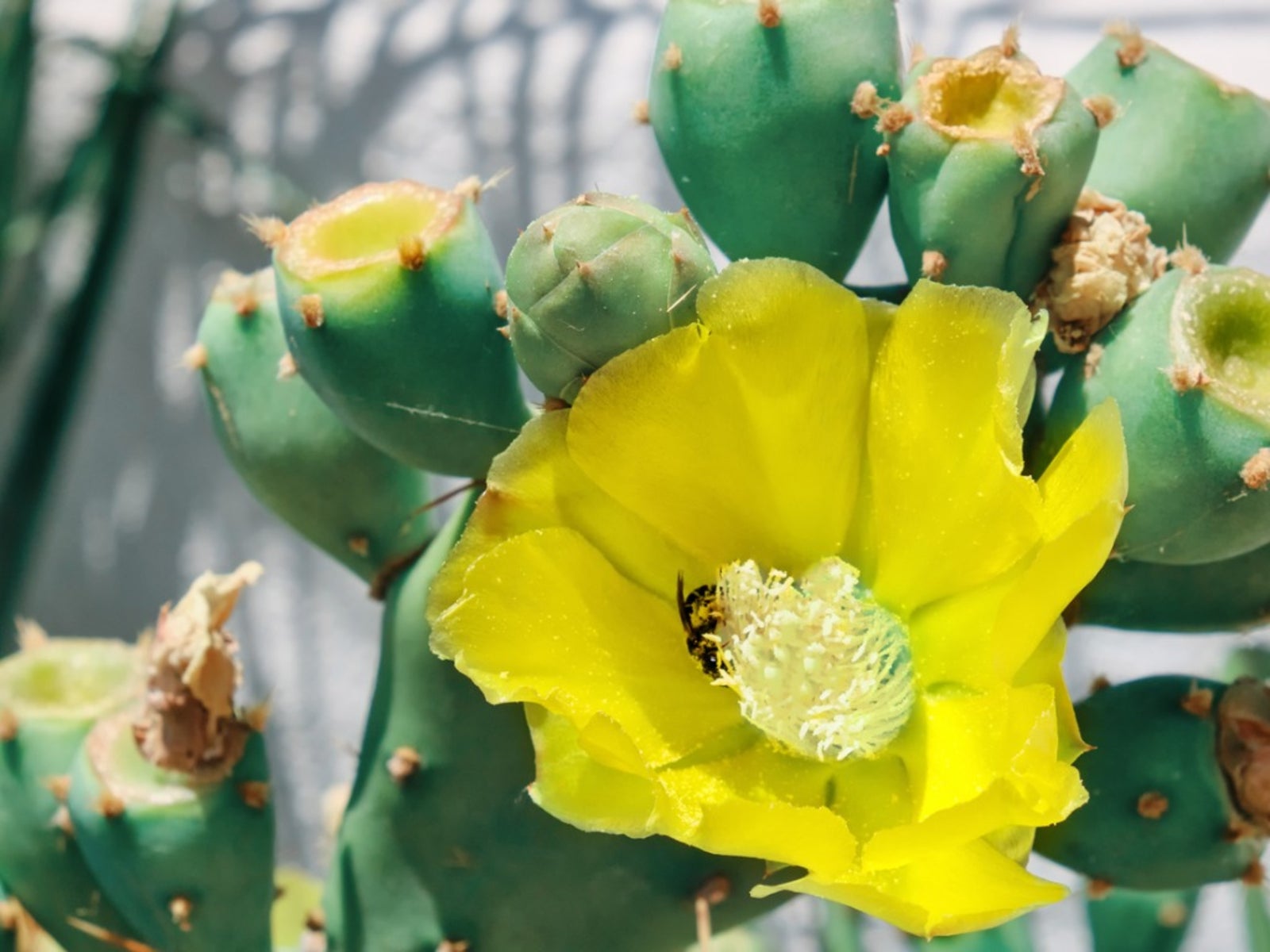 Spineless Prickly Pear Info – Tips For Growing Ellisiana Prickly Pears
Spineless Prickly Pear Info – Tips For Growing Ellisiana Prickly PearsIf you are among the many gardeners who like cactus but don’t like spines, it may be time to consider installing ellisiana cactus in your backyard, better known as spineless prickly pear. Click here for information on growing ellisiana prickly pear.
By Teo Spengler
-
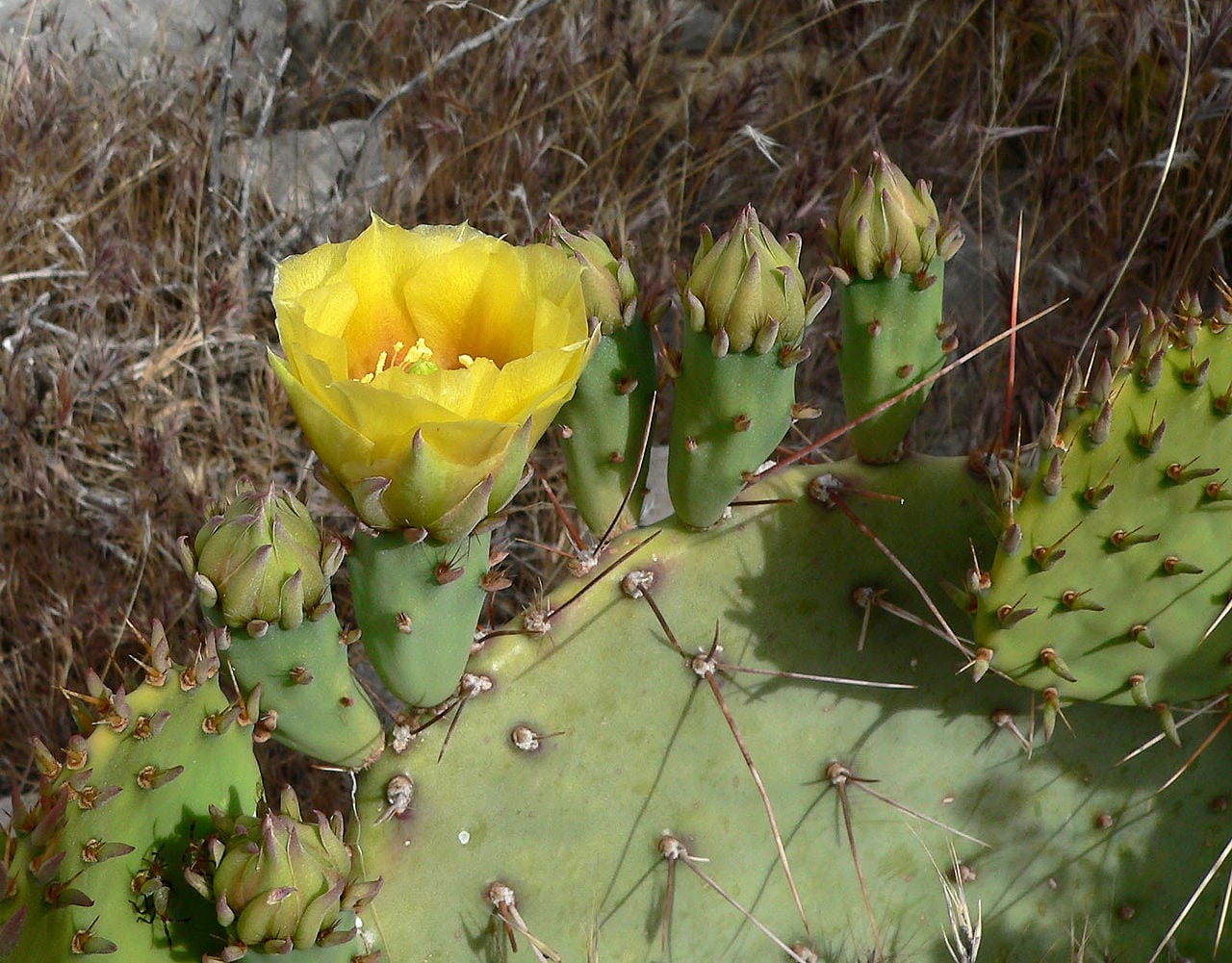 Engelmann Prickly Pear Info – Learn About Growing Cactus Apple Plants
Engelmann Prickly Pear Info – Learn About Growing Cactus Apple PlantsEngelmann prickly pear, also commonly called cactus apple plants, is a wide-ranging species of prickly pear. This is a pretty plant for desert gardens, and it will grow at a moderate rate to fill in large spaces. Learn more about it in this article.
By Mary Ellen Ellis
-
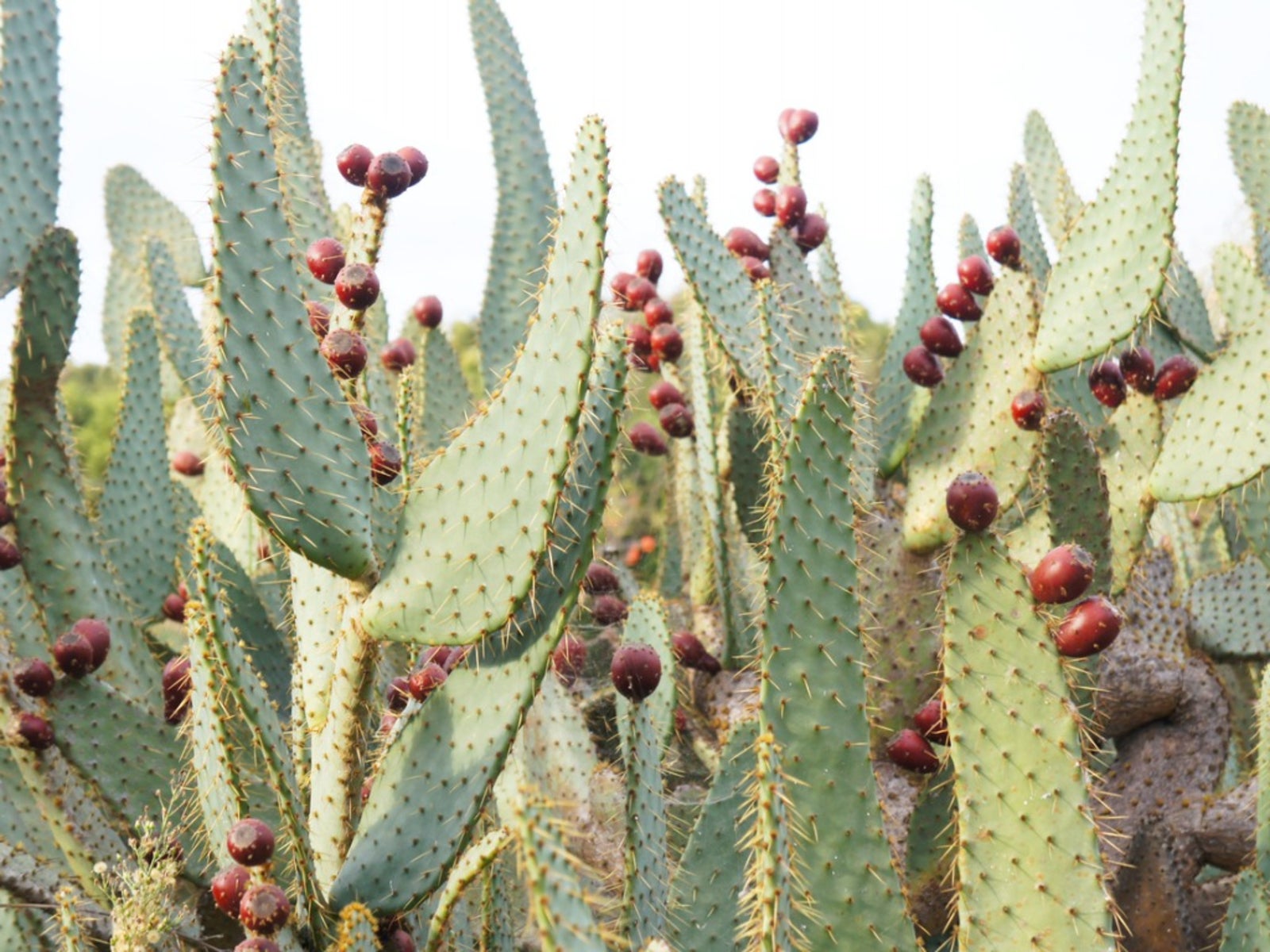 Cow’s Tongue Plant Care: How To Grow A Prickly Pear Cow’s Tongue
Cow’s Tongue Plant Care: How To Grow A Prickly Pear Cow’s TongueFolks that live in hot climates often utilize plants that are drought tolerant. A great example is a cow’s tongue prickly pear. Besides having a fabulous tongue in cheek name, it is very tolerant of heat and dry conditions, plus it makes a great barrier. Learn more here.
By Amy Grant
-
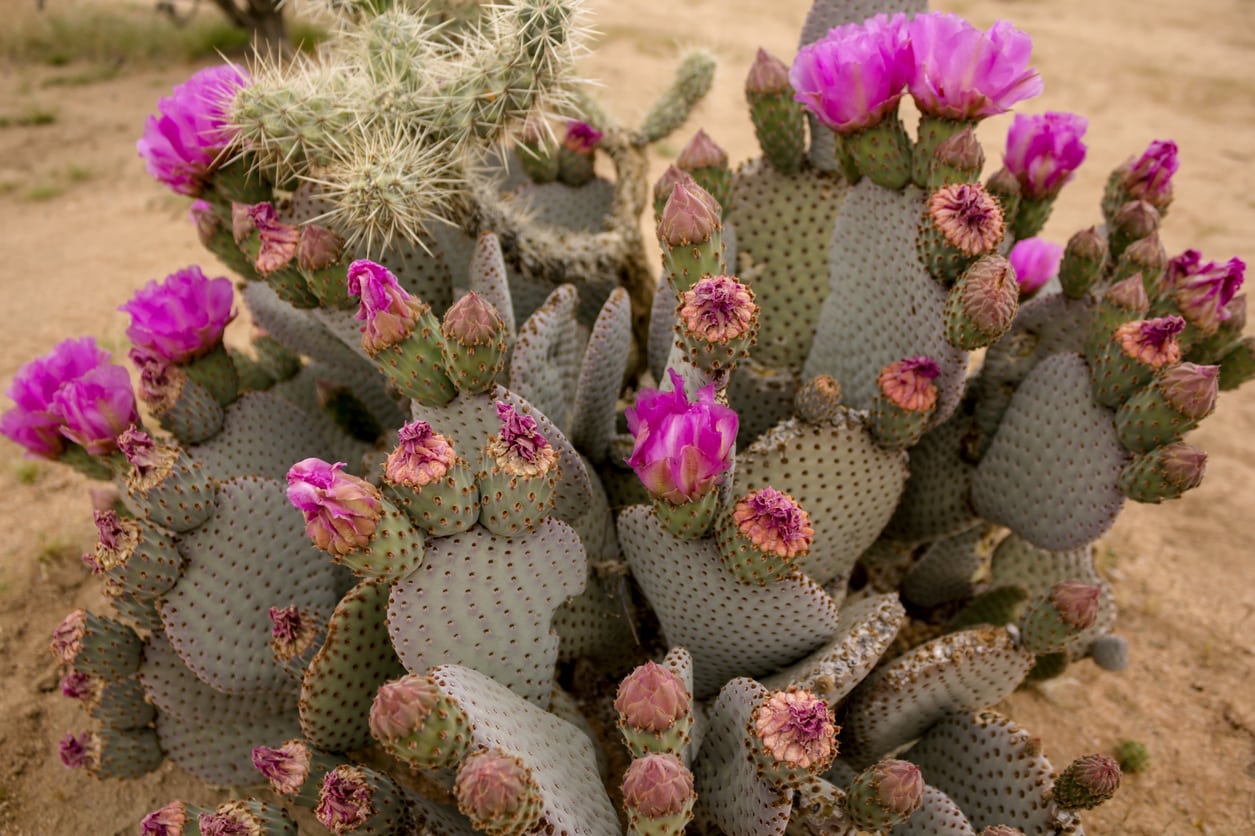 Beavertail Cactus Care – How To Grow A Beavertail Prickly Pear Cactus
Beavertail Cactus Care – How To Grow A Beavertail Prickly Pear CactusBeavertail prickly pear cactus is a clumping, spreading cactus with flat, grayish-green, paddle-like leaves. It glows with brilliant, rose-purple blooms in spring and early summer. Have we piqued your curiosity? Click here for more beavertail prickly pear information.
By Mary H. Dyer
-
 Tulip Prickly Pear Info: Guide To Growing Brown Spined Prickly Pears
Tulip Prickly Pear Info: Guide To Growing Brown Spined Prickly PearsWhat is a tulip prickly pear? This cactus is also known as brown spined prickly pear for its rust to reddish brown spines. If you live in warm, arid regions, learn how to grow brown spined prickly pear and add its unique flowers to your garden. This article will help.
By Bonnie L. Grant
-
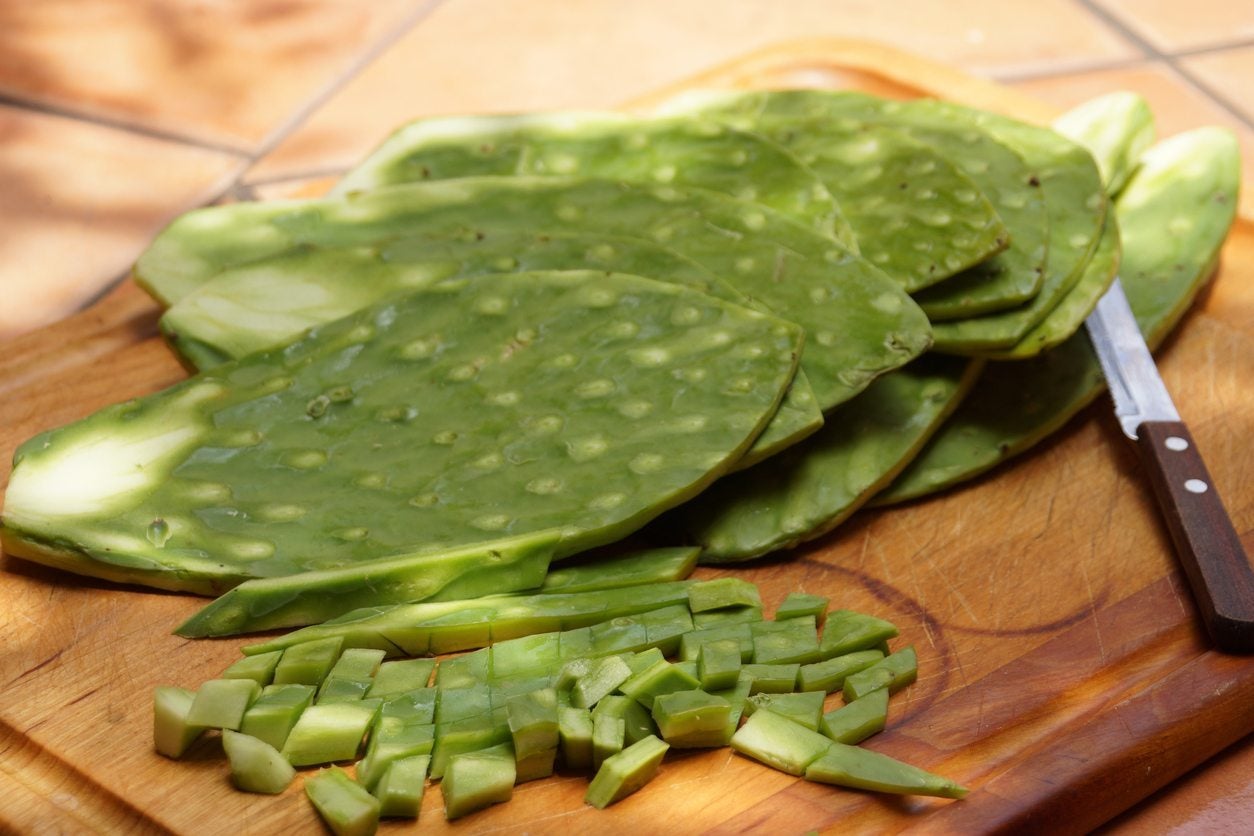 Harvesting Edible Cactus Pads – How To Pick Cactus Pads To Eat
Harvesting Edible Cactus Pads – How To Pick Cactus Pads To EatOpuntia produces several types of edibles. The fruits are delicious in jams and jellies. But can you eat cactus pads? Yes, the broad, succulent pads can be eaten raw or cooked. You just need to know how to pick cactus pads and how to prepare them. This article will help.
By Bonnie L. Grant
-
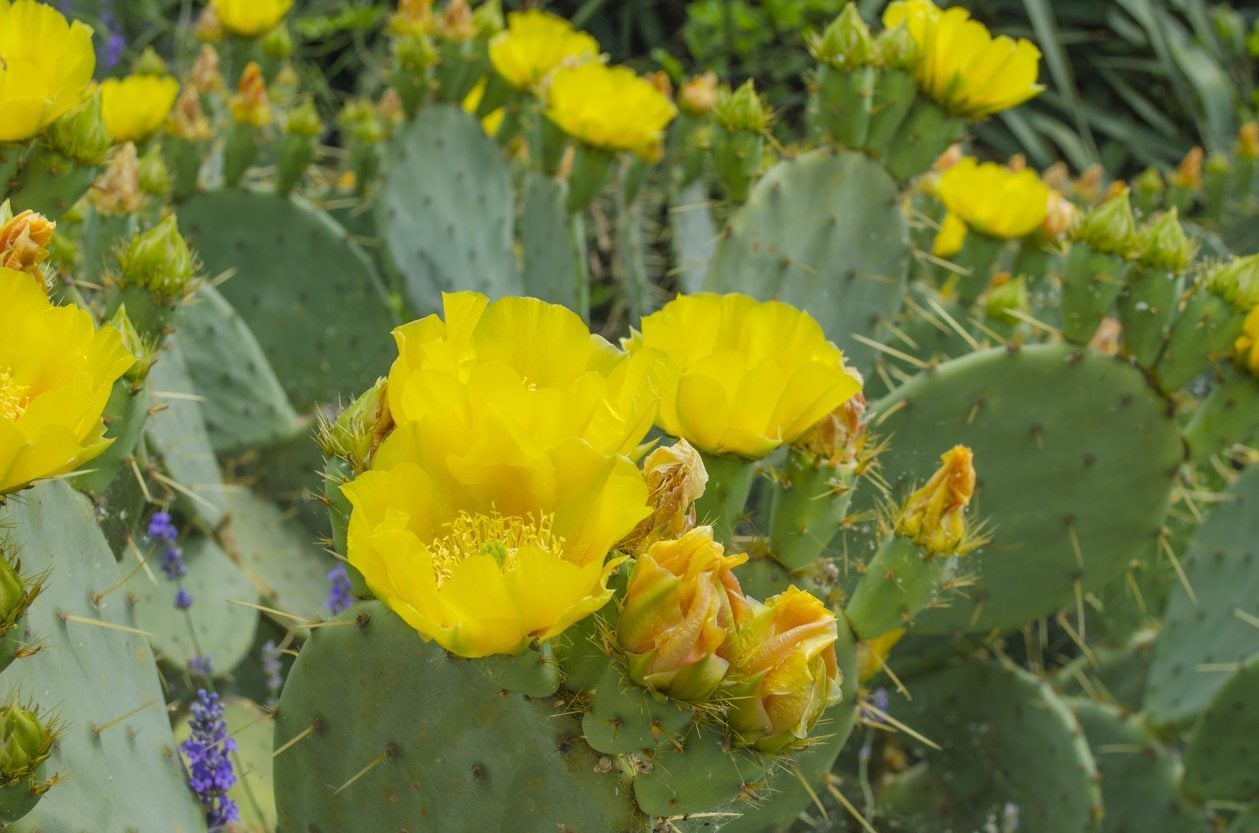 Opuntia Barbary Fig Info: How To Grow A Barbary Fig Plant
Opuntia Barbary Fig Info: How To Grow A Barbary Fig PlantOpuntia ficus-indica is more commonly known as a Barbary fig, a variety of prickly pear cactus. This desert plant has been used for centuries as food, fending, and even dye. Growing Barbary fig plants is both rewarding and useful. Learn more in this article.
By Mary Ellen Ellis